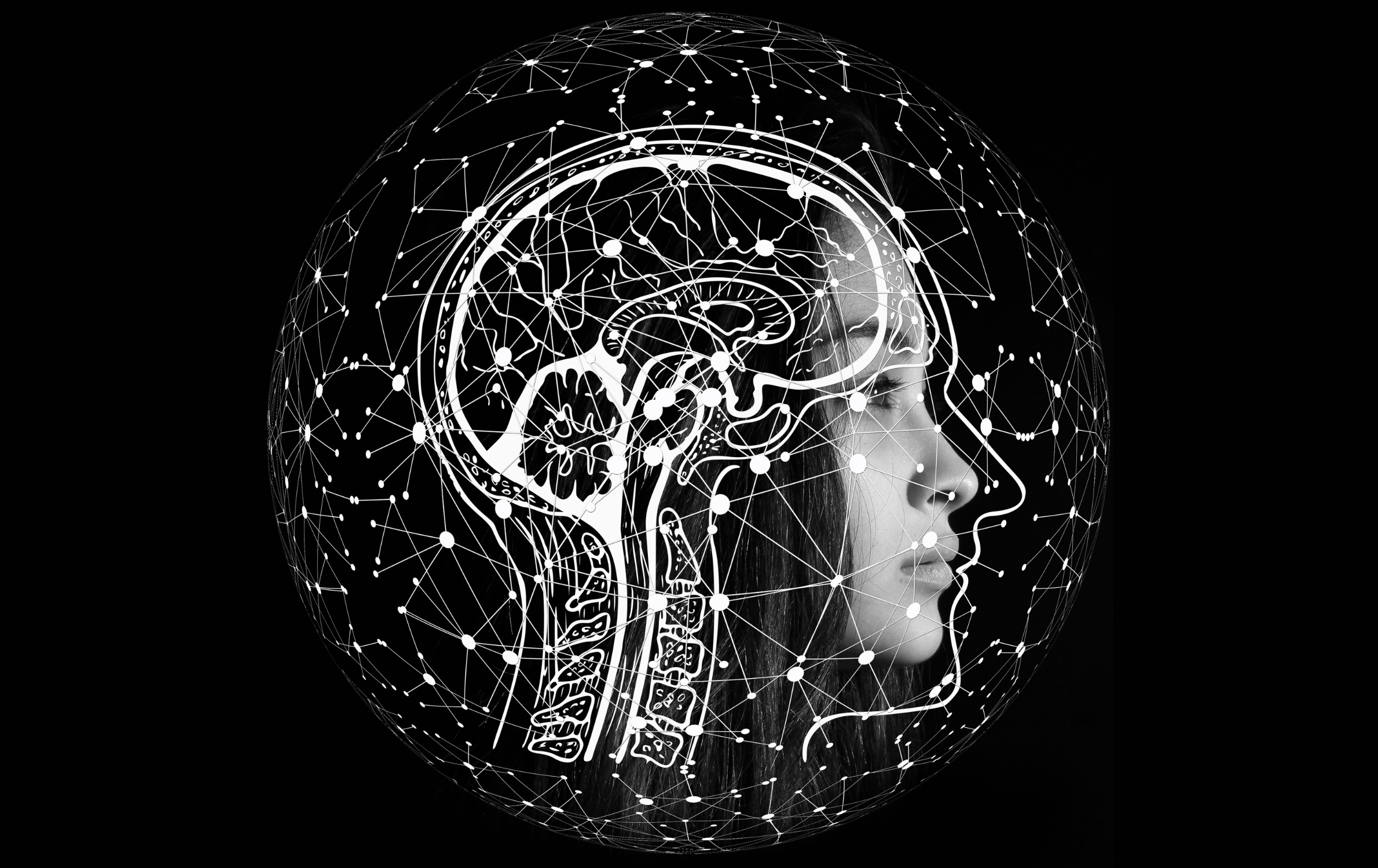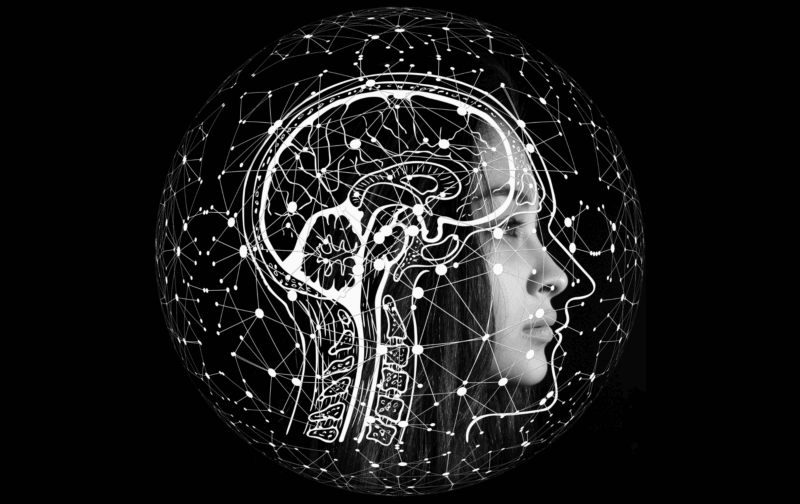History shows human error has often been found to be associated with high-profile disasters – from nuclear explosions and industrial leaks, to large-scale transport accidents. Human error is also linked to smaller scale, but equally as important incidents, such as during surgeries, road collisions, or injuries on construction sites or during maintenance works.
The concept of human error has been broadly publicised through the reporting of official investigation findings and in the media. However, focusing on human error as the leading cause of incidents can easily result in misconceptions. This is especially true when the headlines and news articles provide little detail about the contextual and causal factors surrounding the incident.
In this article, SYSTRA’s Senior Human Factors Consultant, Teodora Stefanova, outlines four myth-busting principles aimed at common misperceptions about human error.
1. Human error is NOT only about an individual’s actions
The actions of those directly involved in incidents are important, but they are often influenced, directly or indirectly, by the actions and decisions of others. Human factors takes a systems-thinking approach to understand the contribution of different actors to incidents.

It is often the case that organisational procedures and working conditions have a significant impact on individual decision-making and performance. This can include suboptimal shift patterns, reporting systems or supervision levels. Failure to recognise the negative impact these may have on individual performance may lead to important steps in a given task being missed or incorrectly executed.
2. Human error is NOT an individual characteristic
Humans are fallible. The discipline of human factors does not seek to blame the individual for their actions or mistakes, but to understand the reasons behind them. Eliminating and reducing the risk of errors is not about identifying those ‘prone to errors’. It is about understanding how to provide appropriate support while recognising individual differences.
Human factors aims to give equal opportunities for all – designing inclusive systems and tasks for a wide range of users. To understand human error is to understand human limitations – enabling the design of systems to align with human capabilities.
3. Human error cannot be completely prevented
Humans are equipped with strong reasoning and analytical skills; however, these can get easily exhausted, especially if the individual is exposed to extreme pressures. Physical and mental fatigue can reduce concentration, awareness and make individuals more prone to poor decision-making. The factors contributing to fatigue are well known but can’t always be predicted. For example, human factors looks at the potential for distractions from known sources but cannot anticipate all possible causes and rare scenarios.

The discipline of human factors not only aims to eliminate errors, but also to reduce their likelihood and to mitigate negative impact. We want to ensure humans are equipped with the appropriate knowledge, tools and support to correctly identify a potentially risky situation. This empowers them to act in a way that avoids adverse consequences or recover from erroneous actions.
4. Human error is rarely the result of a single failure
Human error is rarely the result of a single system failure. In fact, it is more often a combination of multiple system failures and unusual circumstances. These system weaknesses could have been lying dormant in the system, unidentified for long periods of time and only realised under a certain set of conditions.
It is therefore important to identify and address potential system failures in a timely manner. No matter how minor or insignificant an issue may appear in isolation, it could contribute to something far bigger when considering the combined and cumulative effect of multiple factors.
We have to remember humans are not only prone to errors, but extremely skilled at preventing them and avoiding disasters. This year was the 40th anniversary of a potentially catastrophic rail collision at Carlisle, which was avoided due to a signaller’s prompt reaction and their ability to correctly identify a system failure.
In fact, humans prevent accidents and disasters daily, whether that’s a fellow passenger helping free somebody trapped between closing train doors or an air traffic controller spotting an imminent air collision and taking prompt action to re-route the course of aircraft. However, these events are rarely publicised.
The discipline of human factors focuses on learning from errors and from day-to-day user experience. Human factors specialists rely on understanding the end user and identifying why someone may want to take a shortcut or not follow a safety procedure. There is usually a good reason for workarounds or deviations from expectation. By understanding the human – their limitations, motivations and priorities – we are better able to make a positive change. This ensures our designs empower individuals to make the right decisions and equip each person with appropriate tools, training and support to carry out their tasks successfully and safely.
The discipline of human factors ensures systems are fit for purpose while carefully considering end-user requirements in terms of work conditions, spaces, tasks and human-machine interactions.
Learn more about our expertise in human factors and ergonomics in transport here.
You May Also LIKE

- projects
The Role of Human Factors in Queensland's Cross River Rail Project
Read more sur The Role of Human Factors in Queensland's Cross River Rail Project
- News
6 January 2025
SYSTRA Scott Lister UK transfers to SYSTRA Limited, bringing human factors expertise to the UK and Ireland

- services


 Australia
Australia  Brazil
Brazil  Canada
Canada  Chile
Chile  China
China  Columbia
Columbia  Denmark
Denmark  Egypt
Egypt  France
France  India
India  Indonesia
Indonesia  Italy
Italy  Malaysia
Malaysia  New Zealand
New Zealand  Norway
Norway  Panama
Panama  Peru
Peru  Poland
Poland  Portugal
Portugal  Saudi Arabia
Saudi Arabia  Singapore
Singapore  South Korea
South Korea  Spain
Spain  Sweden
Sweden  Taiwan
Taiwan  Thailand
Thailand  Türkiye
Türkiye  United Kingdom
United Kingdom  United States
United States  Vietnam
Vietnam